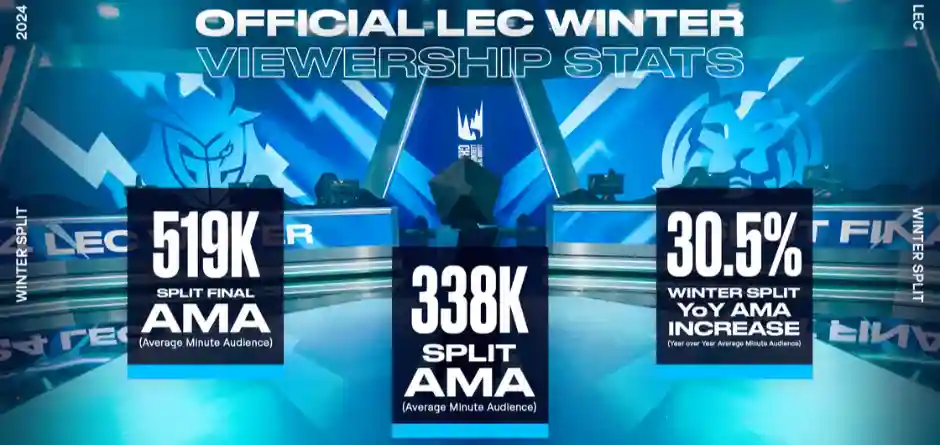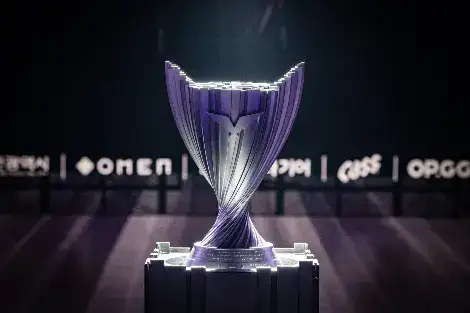Riot Adapts League of Legends Esports to VCT Model
A significant transformation is underway in League of Legends Esports (LoL Esports), mirroring the successful implementation of the Valorant Champions Tour (VCT) business model. This shift will reshape the landscape of major leagues such as the League of Legends Championship Series (LCS), League of Legends EMEA Championship (LEC), and League of Legends Champions Korea (LCK), with a lot of changes coming our way. Whether you’re a fan, a pro-player, or even an organization member, these changes will affect you.

The driving force behind this change, as articulated by Riot Games' President of Esports, John Needham, is to ensure the long-term sustainability and vitality of LoL Esports. By shifting to a system that adopts the revenue-driven dynamics of the VCT, LoL Esports aims to boost their revenue income to cover production costs, support teams, and satisfy stakeholders while fostering the growth of the whole ecosystem.
Transitioning to a VCT-Inspired Model
The key to this transition comes in the form of a shift. Riot intends to lead LoL Esports away from traditional sponsorship-centric revenue streams towards a more robust reliance on digital content sales. Teams participating in the LCS, LEC, and LCK will receive a fixed stipend along with a share of the revenue generated from digital content sales.
This shift marks a strategic pivot towards the stability and scalability offered by digital content. The Global Revenue Pool (GRP) mechanism will allocate digital revenue among teams based on performance, fan engagement, and tier placement. Riot Games is committed to increasing revenue sharing and boosting the quantity of digital content to bolster the GRP, with the ultimate goal of contributing 50% of other direct revenues, including sponsorships and media built around League of Legends esports, once initial investments are recouped.
How will LoL Esports' 2024 changes affect players?Riot Games has adopted a VCT-inspired model to foster competitiveness and foster fan growth in the LCS, LEC, and LCK leagues. By aligning incentives with performance and engagement metrics, Riot Games aims to create a symbiotic relationship between teams and fans, driving mutual prosperity and sustainability. Most of our LoL Elo Boosters who are involved in the professional eSports scene agreed that this is a good decision that will improve competitive gameplay. |
 |
However, it's worth noting that the announcement did not explicitly address the implications for minor regions such as the Pacific Championship Series (PCS), Vietnam Championship Series (VCS), Brazilian Championship of League of Legends (CBLOL), League of Legends Japan League (LJL), and Liga Latinoamerica (LLA). Future developments regarding the integration of these regions into the new business model remain uncertain.
Expanding Digital Content Offerings
One of the most tangible outcomes of this transition is the anticipated expansion of digital content offerings featuring teams and players. Fans can expect to access a diverse array of items, including player cards, emotes, icons, chromas, and skins, akin to the rich digital ecosystem cultivated within the VCT.
Drawing parallels to the Valorant Champions Tour, where fans can demonstrate support for their favorite teams through in-game transactions, LoL eSports enthusiasts will have the opportunity to engage with team-centric digital content. This engagement not only deepens the connection with the fanbase but also contributes to the financial sustainability of teams through revenue-sharing mechanisms.
As LoL Esports embarks on this new journey, the integration of VCT-inspired elements promises to redefine how fan engagement, revenue generation, and competitive dynamics within the LCS, LEC, and LCK leagues affect the world of League of Legends. With a renewed focus on digital content and revenue sharing, League of Legends eSports is set to innovate and grow, pioneering a new model for fan-centric esports entertainment in 2024.

GG Boost, the Best Elo Boosting Experience!
 Deutsch
Deutsch  Français
Français  Español
Español  Português
Português